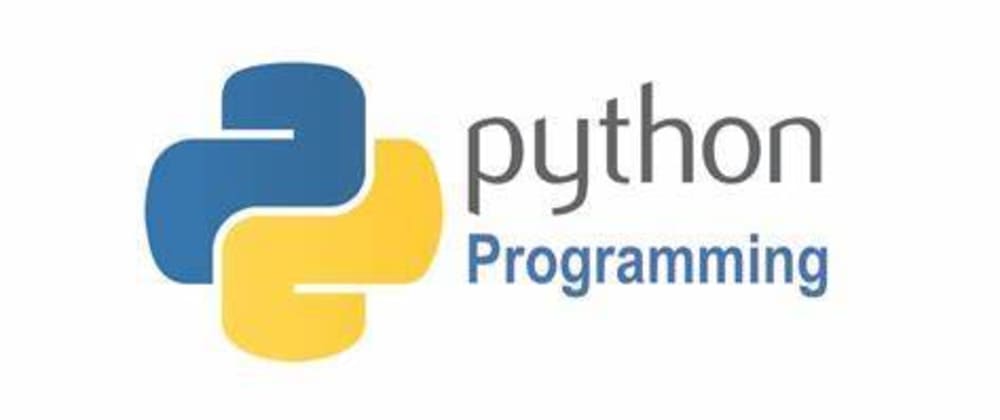Python vs other backend languages ?
Python is a well-liked programming language that can be used for many things, including backend web development. Numerous considerations must be made when contrasting Python with other backend programming languages, and the final decision is made in light of the project's particular needs and preferences. A few comparisons between Python and other backend languages are shown below:
1. Node.js (JavaScript) vs. Python
Python: Python is a well-liked language among both novice and seasoned developers due to its readability and simplicity. It has many different web development libraries and frameworks, including Pyramid, Flask, and Django. Because of its synchronous nature, Python works well for CPU-intensive applications.
JavaScript-based Node.js is renowned for its event-driven, non-blocking I/O approach. The processing of concurrent operations and I/O-bound tasks, such as real-time applications, chat applications, and streaming services, is made possible by this, and these jobs are particularly well suited to it. Node.js is used for scalable, high-traffic applications and has a thriving ecosystem.
2. Ruby vs. Python
Python: With its "batteries-included" philosophy and extensive standard library, Python places an emphasis on readability and maintainability. Data manipulation, scientific computing, and machine learning applications are well suited for it. Python is a popular choice for web development thanks to web frameworks like Django and Flask.
Ruby: Ruby prioritizes readability and developer satisfaction, just like Python. It is frequently linked to the Ruby on Rails web framework, which has been widely applied to the creation of websites. Ruby on Rails promotes developers to write clear, elegant code by adhering to the convention over configuration philosophy.
3. Java vs. Python
Python: Python is a preferred language for quick development and rapid prototyping because of its simplicity and usability. Because of its readability and a broad ecosystem of libraries and frameworks, it is widely used for a variety of tasks, such as web development, scripting, and data analysis.
Java: Java is renowned for its performance, strong typing, and platform freedom. It is frequently utilized in business applications, particularly large-scale systems. Java is a reliable option for complex, long-lived projects because of its static typing, which can provide early bug identification.
4. Go (Golang) vs. Python
Python: Readability and developer productivity are given top priority in Python. It is well-liked for being straightforward and adaptable, making it simple to learn and use. Python might not be the greatest option for systems with many concurrent users or applications that require high levels of performance, nevertheless.
Go: Go is ideal for systems development and is built for concurrent, performant applications. Fast execution times and a small memory footprint are made possible by its compiled nature and simplicity. Go's emphasis on performance and simplicity has contributed to an increase in its use in the development of distributed systems and microservices.
The decision between programming languages ultimately comes down to personal preferences, team expertise, project requirements, and ecosystem support. Before choosing a backend language, it's important to consider the specific requirements of your project. Both Python and other backend languages can be effective for a variety of jobs.
some udemy courses: https://www.udemy.com/course/the-complete-php-bootcamp-from-beginner-to-advance-full-course/?couponCode=3FDED76589CCC2BFDF73

Comments
Post a Comment